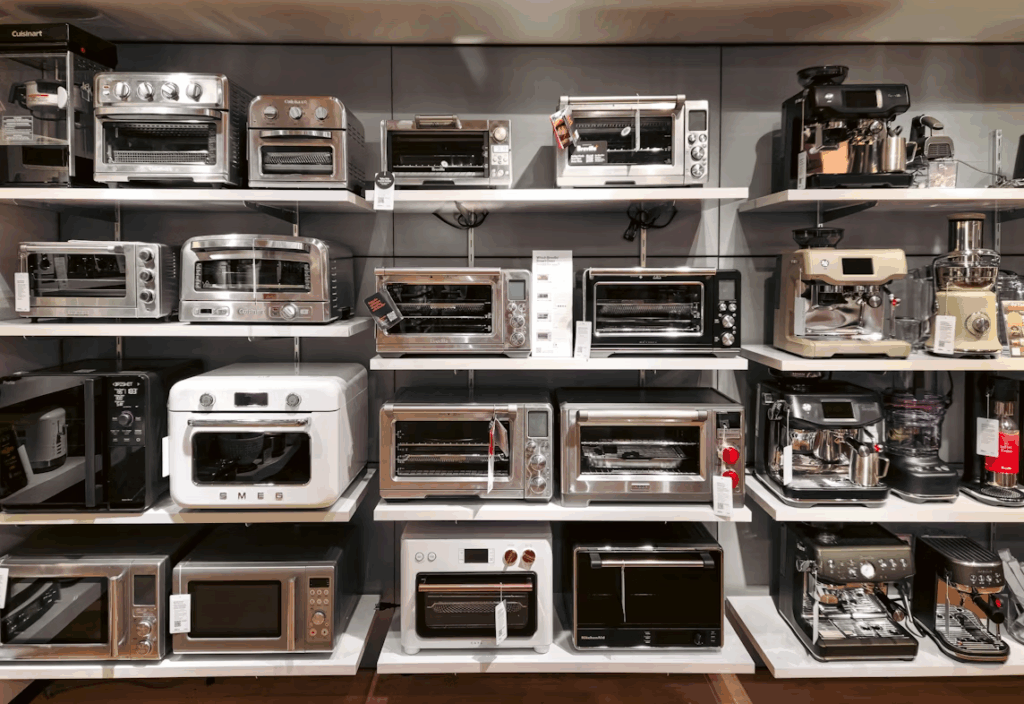A cluttered wallet, whether physical or digital, often mirrors a disorganized financial life. The minimalist wallet movement takes a different approach: simplicity with purpose.
Receipts, unused cards, and forgotten subscriptions quietly drain attention and money. By carrying only what you need and tracking where your money actually goes, you gain control, clarity, and a sense of peace of mind.
Minimalist spending isn’t about restriction. It’s about designing a minimalist wallet setup that reflects your values.
Why Simplifying Your Wallet Matters
A messy wallet hides waste. Each unnecessary card or auto-renewing charge represents a small decision that has been deferred. Over time, those overlooked details compound into stress and lost savings.
Financial psychologists note that simplifying finances reduces decision fatigue. When you remove excess, such as multiple cards and random loyalty programs, you think more intentionally about each transaction. Spending becomes an active choice instead of a reflex.
Even the physical act of decluttering a wallet can be a powerful experience. It’s a symbolic reset, and a way of saying, “I’m in charge of where my money goes.”
Check out Subscription Overload: Audit and Save for step-by-step pruning of recurring charges.
How to Create a Minimalist Wallet
Start small. Gather everything in your wallet or payment apps and evaluate each item:
- Keep only essentials: One primary debit or credit card, an ID, insurance, and one backup card for emergencies.
- Digitize what you can: Store loyalty cards, boarding passes, and membership IDs in secure apps instead of carrying extras.
- Track subscriptions and autopayments: Cancel or consolidate services you no longer use. Tools like Truebill or Rocket Money make it easy to identify hidden charges.
- Set spending boundaries: Use a single card for discretionary purchases so you can see patterns clearly at the end of each month.
- Adopt a “one-in, one-out” rule: Whenever you add a new card or financial tool, remove an old one. This keeps your system balanced and prevents clutter from reappearing.
Minimalism works because it forces awareness. The fewer tools you use, the more transparent your spending becomes.
Building resilience for uncertain times? See Recession-Proofing Your Finances for a broader plan.
The Benefits of Streamlined Finances
A minimalist wallet delivers more than a lighter pocket; it builds mental and financial space. With fewer accounts to monitor, it’s easier to pay bills on time, save strategically, and identify leaks in your budget.
It also aligns with digital safety, as reducing the number of cards and stored data minimizes exposure if something gets lost or hacked. You simplify not only your finances but also your security.
Even better, your financial confidence grows. Each purchase feels deliberate, not habitual. You begin to experience spending as a conscious exchange of value rather than a source of guilt.
If screens are adding to the noise, see Digital Declutter: Reclaiming Focus in an Always-On World.
Living the Minimalist Money Mindset
Minimalism in money mirrors minimalism in life: less clutter, more clarity. Start asking with every purchase, Does this add value or just noise? Over time, you’ll find that fewer, more meaningful transactions lead to greater satisfaction and savings.
Your wallet, like your calendar or closet, should reflect who you are now, and not the scattered version you’ve outgrown.
A minimalist wallet isn’t just a way to save money; it’s a way to simplify decision-making and reclaim your financial focus.




